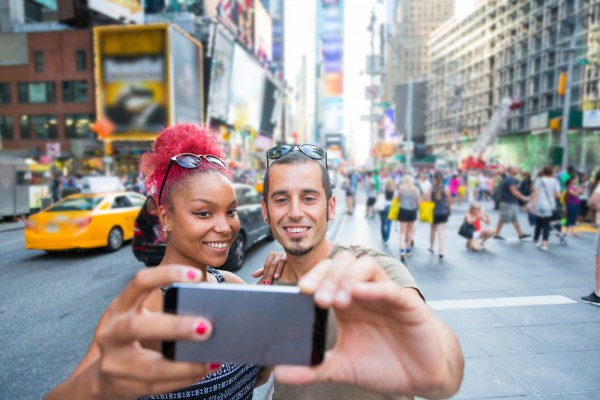
We all know that using public wireless hotspots can be risky, but is seems that some places are more of a threat than others.
Mobile threat defense company Skycure has put together a study into the most dangerous tourist destinations to use your mobile device, the type of threats you might encounter, and offers some tips on how to avoid falling victim to an attack.
Large city locations dominate the list but Disney theme parks, places where you might expect to feel pretty safe, also feature -- insert your own Mickey Mouse security joke here.
The safest attraction is India's Taj Mahal, though the good karma there is largely down to limited connectivity and a ban on using mobile phones within the monument. The safest destination in the US is the Great Smoky Mountains national park in Tennessee, again largely because it's hard to get a signal.
The research also finds that Android devices encounter network related threats almost twice as often as iOS devices. Even though iOS devices connect on average to more Wi-Fi networks, Android devices manage to connect to more threatening ones.
"Unfortunately for mobile tourists, the most magical places on earth can sometimes be the most dangerous," says Adi Sharabani, CEO of Skycure. "When you’re in a high-traffic area like these famous destinations, you're a target for hackers. Unlike your computer, your phone is always on, even when you're taking in the sights. Mobile tourists are a lucrative target for cyber criminals".
The most frequent threat comes from SSL decryption attacks, which allow cyber criminals to capture personal and work information like logins, passwords and corporate credentials even when the user thinks they're secure. The research also revealed cases of SSL stripping, which downgrades secure URLs (https) to non-secure URLs (http). Like SSL decryption attacks, this allows hackers to gain access to private information and communication while the user thinks they're safe.
To protect yourself, Skycure suggests avoiding networks with 'Free' in their name, eight percent of the total reported threats originated from these. You should also read the warnings on your device and don’t continue if you’re not comfortable with the exposure. You should also ensure you have the latest updates on your device and use a mobile security app. If your phone begins to behave oddly you should disconnect immediately.
You can see the list of the riskiest and safest destinations in the infographic below. You can also check for threats in your area using Skycure's interactive map.

Photo Credit: William Perugini / Shutterstock

